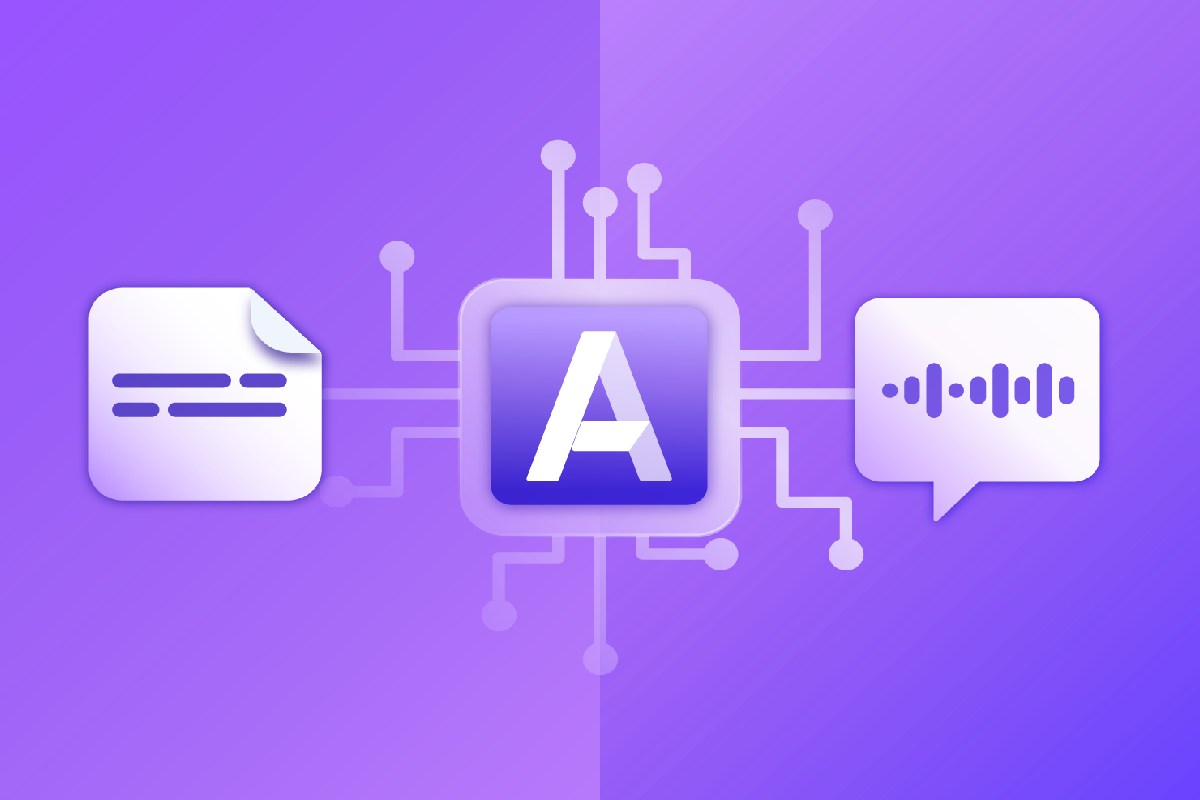Integrating AI voice tools into audio narration processes has revolutionized the way content creators automate and enhance their storytelling capabilities. As technology continues to advance, the use of AI in generating human-like voices for narration is becoming increasingly prevalent across various industries. In this article, we will explore the fundamental concepts of AI voice tools for audio narration, delve into the benefits they offer in terms of efficiency and quality, guide on selecting the right tool for specific needs, discuss best practices for successful implementation, address challenges that may arise, and speculate on the future trends shaping the landscape of AI voice automation in narration.
Introduction to AI Voice Tools for Audio Narration
Whether you’re a content creator or a business, AI voice tools are a game-changer. They automate audio narration by converting text into natural-sounding speech. Tools like AI video generator apps help create both audio and video content effortlessly.
AI isn’t here to steal our jobs (at least not yet). Instead, AI voice tools help automate the process of creating audio narration by converting text into spoken words using natural-sounding voices. This technology has come a long way and is now a game-changer in the narration industry.
Evolution of AI Voice Tools in the Narration Industry
Gone are the days of clunky robotic voices that sound like they belong in a B-movie sci-fi flick. AI voice tools have evolved to produce high-quality, human-like voices that can mimic different accents and emotions. The narration industry has welcomed this advancement with open arms, making audio creation more accessible and engaging.
Benefits of Using AI Voice Tools for Automation
Say goodbye to spending hours recording and editing audio narration manually. AI voice tools bring a plethora of benefits to the table, making your life easier and your content creation process smoother.
Time is money, and AI voice tools save you heaps of it. With the ability to generate audio narration quickly and efficiently, you can focus on the creative aspects of your project without getting bogged down by the technicalities.
Hiring voice actors can burn a hole in your pocket, especially if you have a lot of content to produce. AI voice tools offer a cost-effective solution that scales with your needs. You can create as much narration as you want without breaking the bank.
Choosing the Right AI Voice Tool for Your Needs
With a variety of AI voice tools on the market, it’s essential to find the perfect match for your specific requirements. Not all tools are created equal, so let’s dive into what you should consider when selecting the right one for your audio narration projects.
From voice quality and accents to pricing and customization options, there are several factors to keep in mind when choosing an AI voice tool. High-quality narration requires a tool that not only produces natural-sounding voices but also allows for customization to suit your content style, whether professional, casual, or expressive. It’s important to align the tool’s capabilities with your needs to get the best results.
If you’re looking for a budget-friendly option, consider using a free AI voice generator. This tool enables users to generate authentic male and female voice narrations at no cost. It’s a great solution for content creators seeking high-quality results without significant investment, allowing you to create professional narrations quickly and efficiently. With features that offer versatility in voice options, you can start producing quality content with minimal financial commitment.
Best Practices for Implementing AI Voice Tools
Now that you’ve chosen the right AI voice tool for your audio narration needs, it’s time to dive into implementation. To make the most out of these tools, follow these best practices for a seamless and efficient integration.
Introducing AI voice tools into your workflow requires careful planning and consideration. Develop a solid integration plan that outlines how these tools will fit into your existing processes and enhance your overall productivity.
Don’t just stop at implementing AI voice tools—optimize your workflows to maximize efficiency. Streamline the audio creation process, experiment with different features, and find ways to leverage these tools to their full potential. Your future self will thank you for it.
Enhancing Audio Narration Quality with AI
With AI voice tools, users can easily customize voice characteristics and styles to suit their specific needs. Whether you want a professional, friendly, or authoritative tone, AI can adapt to create the desired effect. This customization allows for a more engaging and personalized audio experience for listeners.
AI voice tools are revolutionizing the way multilingual narrations are produced. By leveraging AI, users can seamlessly switch between different languages, ensuring that content reaches a diverse global audience. This feature not only saves time and resources but also enhances the accessibility and inclusivity of audio content.
Overcoming Challenges in Using AI Voice Tools
One challenge in using AI voice tools is ensuring the naturalness and appropriate tone of the generated audio. While AI has made great strides in voice synthesis, there can still be instances where the output sounds robotic or lacks emotional depth. Careful selection of AI models and fine-tuning can help address these challenges.
Another important consideration when using AI voice tools is ensuring compliance with ethical guidelines and regulations. Issues such as voice cloning and misrepresentation must be taken seriously to maintain trust and integrity in audio narrations. Transparency in disclosing the use of AI voices is crucial for ethical usage.
Future Trends in AI Voice Automation for Narration
Advancements in AI Voice Synthesis Technologies
The future of AI voice automation for narration holds exciting advancements in voice synthesis technologies. Continued research and development are expected to further enhance the naturalness, expressiveness, and adaptability of AI voices, making them virtually indistinguishable from human voices.
As AI voice tools continue to evolve, new potential applications and innovations are on the horizon. From interactive storytelling experiences to personalized educational content, the possibilities for AI-driven narrations are endless. Embracing these upcoming trends can lead to more immersive and engaging audio experiences for audiences worldwide.
In conclusion, the integration of AI voice tools in audio narration presents a myriad of opportunities for content creators to streamline their workflow, elevate the quality of their productions, and expand their reach to diverse audiences. By understanding the benefits, best practices, and potential challenges associated with AI voice automation, individuals and organizations can harness the power of this technology to create compelling and engaging narratives. As we look ahead to the future, the evolution of AI voice synthesis technologies promises exciting advancements and innovative applications that will continue to shape the landscape of audio narration.


